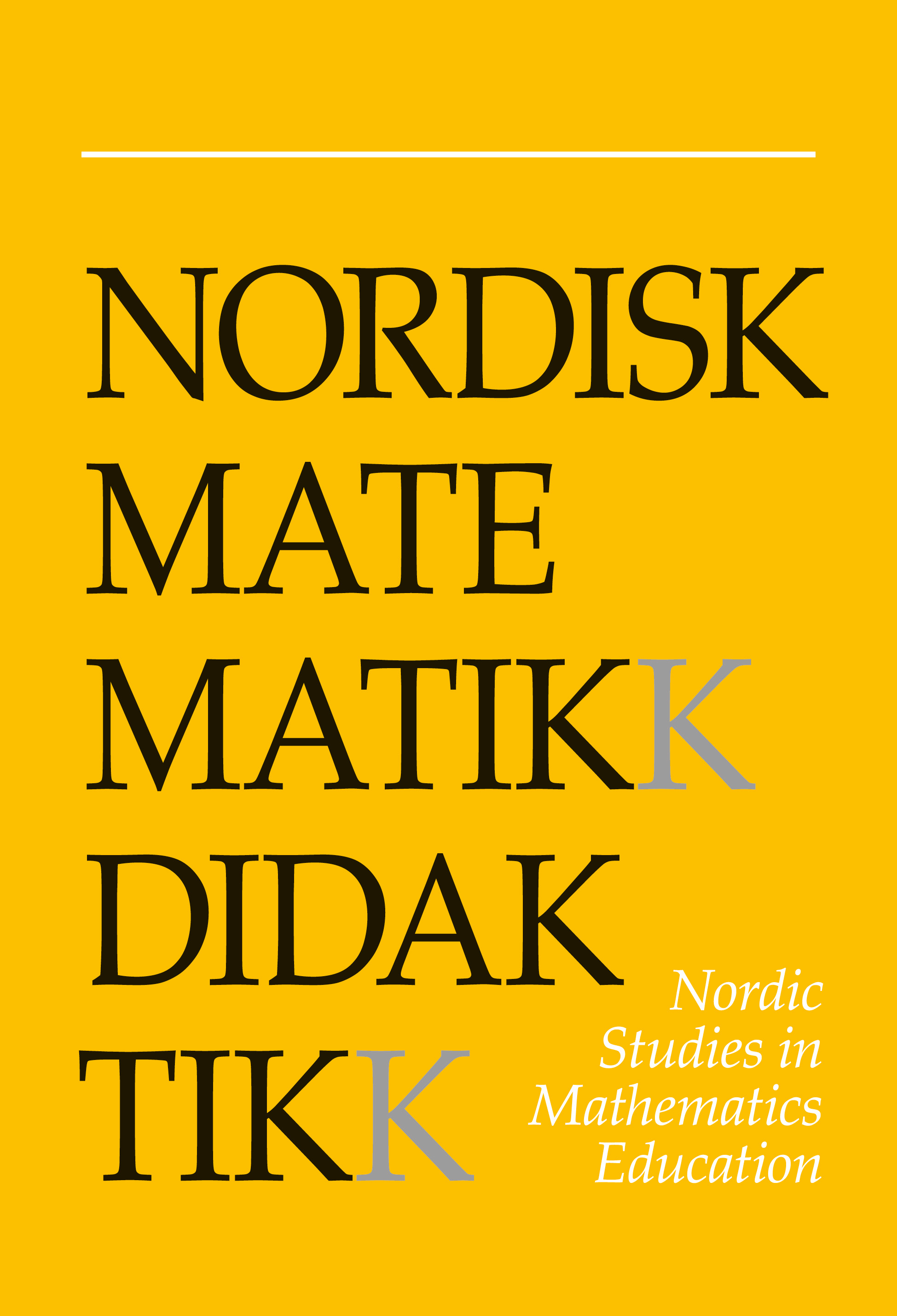Graphing calculators and students' interpretations of results: a study in four upper secondary classes in Sweden
DOI:
https://doi.org/10.7146/nomad.v4i2-3.146427Abstract
Thanks to a drastic change in the availability of graphing tools in the teaching and learning of mathematics, a similar change in written and oral ways to communicate the subject can be expected. In several reports students' participation in mathematics and students' views of the use of electronic tools like graphing calculators are discussed. A study in upper secondary classes in Sweden confirms that test items can be classified according to how students tend to record their written solutions. Logical solutions recorded in a traditional way are not mastered sufficiently, and when a modern approach with graphing calculators is used, at least two difficulties must be taken into account. The student must have technical insight to be able to interpret the information given on a graphics screen, and the student must also have a sufficiently good mathematical understanding to realize the connection between the current problem and the possibilities given by the tool. Some consequences for mathematics education are discussed.
References
Dunham, P. H. (1990). Mathematical confidence and performance in technology-enhanced precalculus: Gender-related differences. In Proceedings of The Third International Conference on Technology in Collegiate mathematics.
Dunham, P. H. (1993). Teaching with graphing calculators: A survey of research on graphing technology. In L. Lum (Ed.), Proceedings of The Fourth International Conference on Technology in Collegiate mathematics. New York: Addison-Wesley Publishing Co.
Harvey, J. G., Waits, B. K., & Demana, F. D. (1992, August). The influence of technology on the teaching and learning of algebra. Paper presented at the Seventh International Congress on Mathematical Education, Université Laval, Quebec.
Dunham, P. H., & Dick, T. P. (1994). Research on graphing calculators. Mathematics Teacher, 87, 440-445. https://doi.org/10.5951/MT.87.6.0440
National Council of Teachers of Mathematics. (1995). Assessment standards for school mathematics. Reston, VA: National Council of Teachers of Mathematics.
Quesada, A. R., & Maxwell, M. E. (1994). The effect of using graphics calculators to enhance college students' performance in precalculus. Educational Studies in Mathematics, 27, 205-215. https://doi.org/10.1007/BF01278922
Ruthven, K. (1990). The influence of graphic calculator use on translation from graphic to symbolic forms. Educational Studies in Mathematics, 21, 431-450. https://doi.org/10.1007/BF00398862
Downloads
Published
How to Cite
Issue
Section
License
Copyright (c) 2024 Göte Dahland

This work is licensed under a Creative Commons Attribution-NonCommercial-ShareAlike 4.0 International License.



